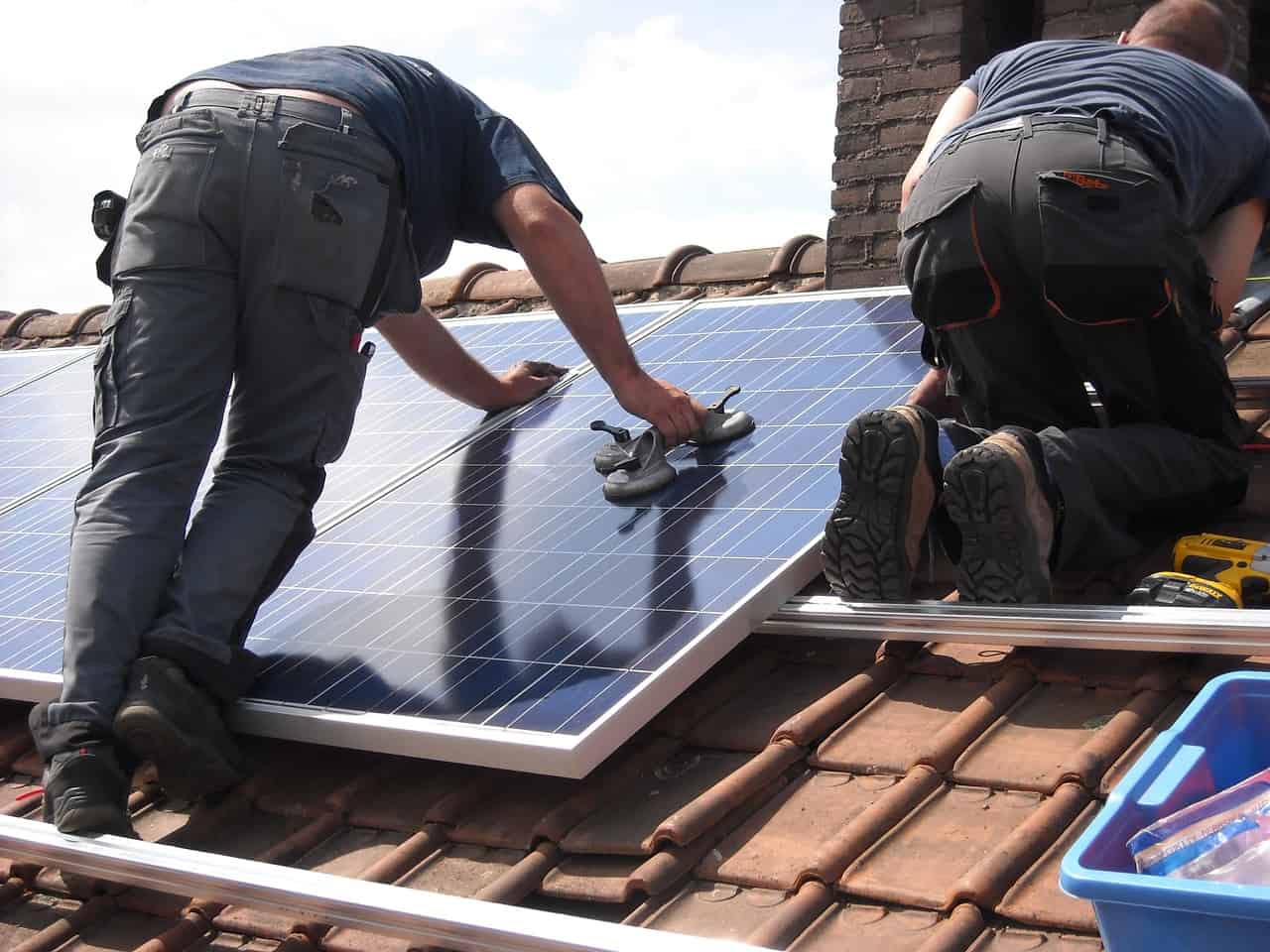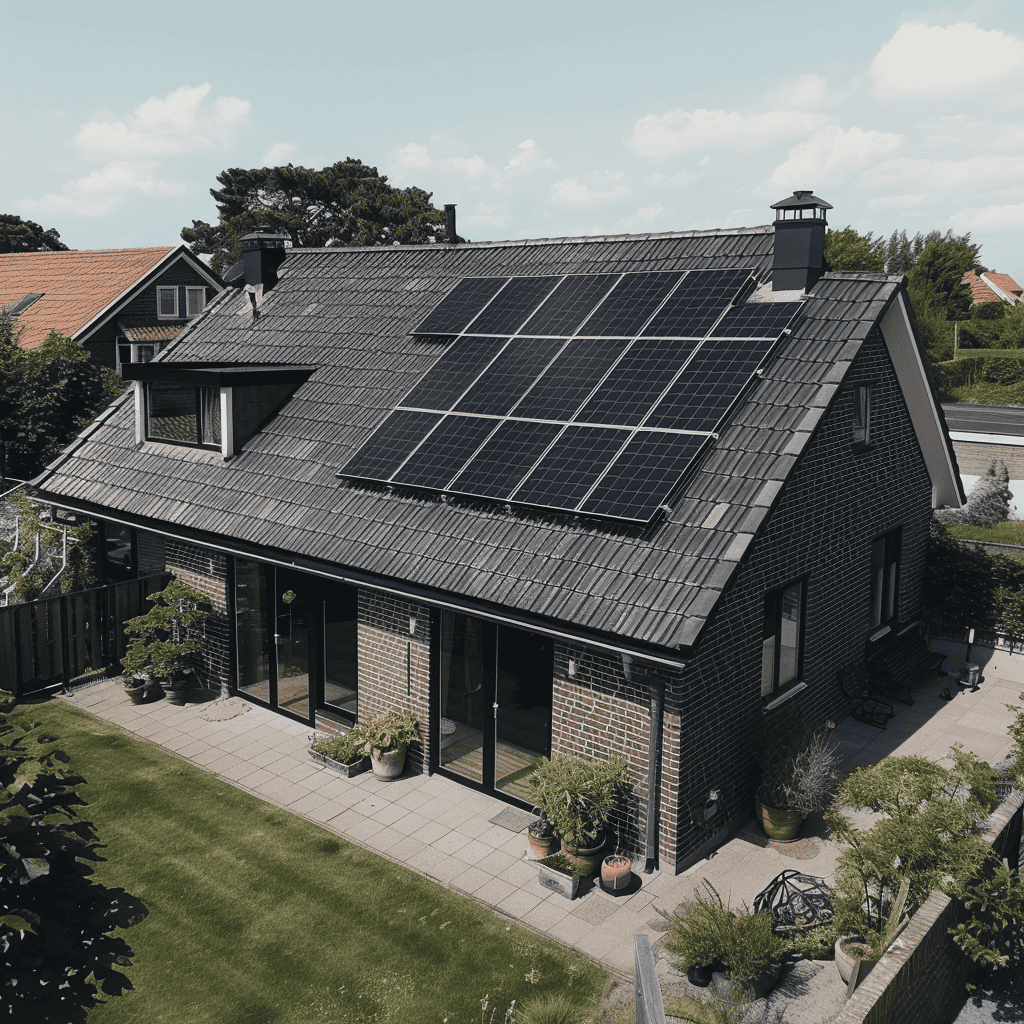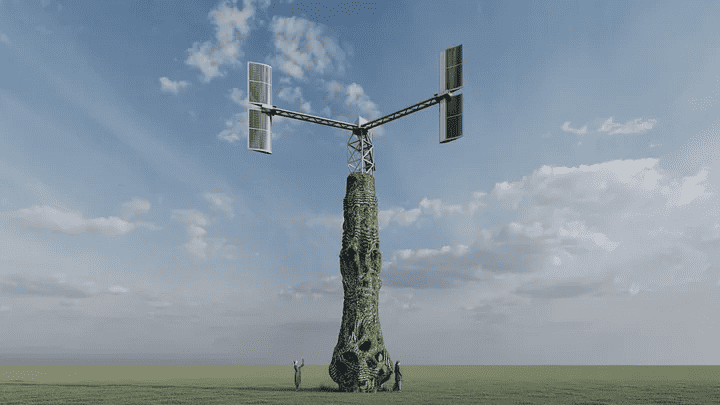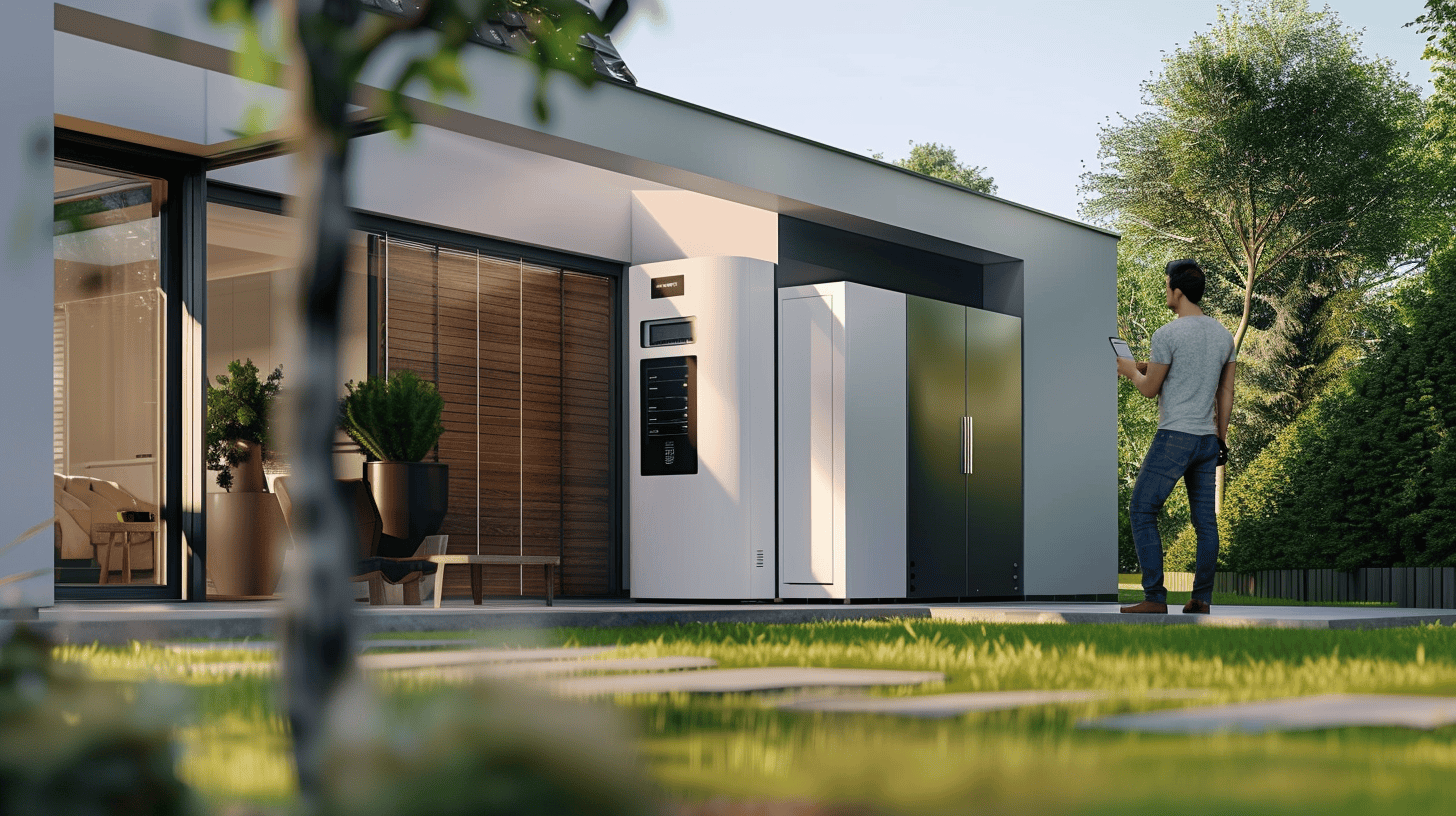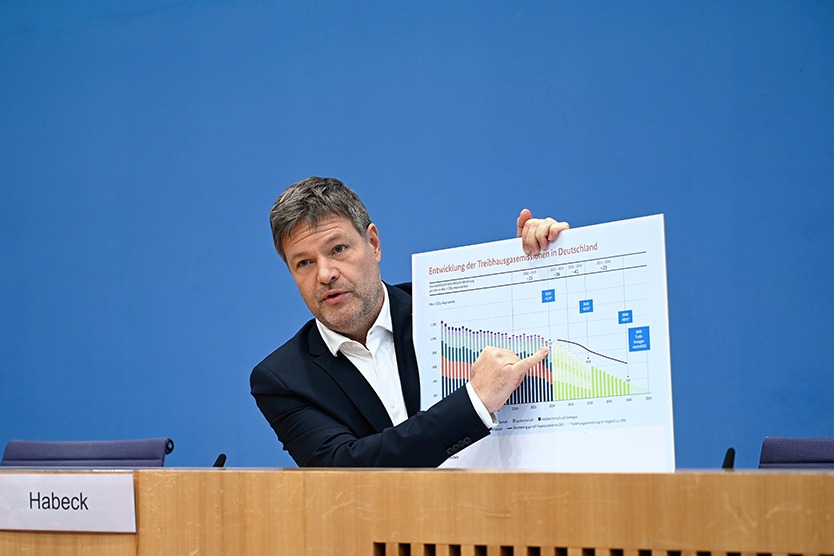
The connection of one of the world’s largest wind farms to the electricity grid will take place this quarter with the installation of Triton Knoll. The offshore project off the coast of England comprises 90 wind turbines with a capacity of 857 megawatts. The major German shareholder RWE – with a 59 percent stake – announced last Friday that this will be enough for 800,000 households.
The project signals that quite a bit is happening in Germany where green energy is concerned – but nowhere near enough, says the new Minister of Economic Affairs and Climate Robert Habeck.
In a press conference last week, Habeck lashed out at the previous government under Angela Merkel, which he said had done far too little to increase the proportion of green electricity. This now stands at 42 percent and is supposed to reach 80 percent by 2030. That’s just an eight-year period for almost doubling the amount. That is a gigantic undertaking.

Pace needs to be stepped up drastically
Germany wants to emit 65 percent fewer greenhouse gases by 2030 than in 1990, “but at the current rate, we are not going to make it past 50 percent,” says Habeck. In terms of numbers, that then amounts to 200 million tonnes of excess CO₂ emissions.
The lag in relation to the climate goals is dramatic, in Habeck’s opinion. The pace of expansion of renewable energy sources needs to be tripled. Habeck: ” Over the past ten years, CO₂ emissions have fallen by 15 million tonnes per year. That needs to increase to 36 to 41 million tonnes over the next eight years.”
This, he said, can be shaped in such a way that Germany will come out stronger and more innovative, with a better quality of life for all. But that it is also going to hurt a lot became more than evident during the press conference.
A windmill for every house?
Sacrifices are called for especially when it comes to the expansion of onshore wind turbines. Habeck officials have calculated that 2 percent of the land area will need to be set aside for wind turbines. That is far more than the 0.8 percent designated so far and the 0.55 percent actually being exploited.
The electricity capacity of onshore wind turbines must be doubled to 100 gigawatts by 2030. The preceding government was still working on the assumption of 71 gigawatts. According to analyses carried out on behalf of the energy ministry, this amounts to an additional 1500 modern (high-rise) wind turbines per year. So by 2030, you then end up with 13,000 wind turbines. The capacity of offshore wind turbines will also continue to expand to 30 gigawatts come 2030.
Bavaria is putting up resistance
According to Habeck, to date, only the states of Hesse and Schleswig-Holstein have plans that come close to what is actually needed. Specifically, as Habeck sees it, permits must be granted more promptly everywhere. Therefore, no more protracted participatory rights negotiations for irate citizens. At present, it takes six to eight years to plan a wind turbine. Habeck: “You don’t have to be a mathematician to realize that this is not a workable situation.”

Furthermore, the current rules for minimum distances of windmills from urban areas will have to be revised. These rules are strictest in Bavaria. For a windmill of 200 meters high, not a single house is allowed within a radius of 2 kilometers. In practice, this means that many suitable locations (with a lot of wind) are instantly ruled out.
Habeck: “The practice of using the rules on distance to stop windmills being built cannot continue.” This will meet with resistance from many members of the public, conservationists and local authorities, because the fact remains that most people do not want them in their backyard.
Habeck’s view on this is that climate targets are unachievable without enforcement. “Personal wishes should no longer stand in the way of the construction of wind turbines. This applies to people who have to give up their favorite dog walking spots, as well as romantic childhood memories of nature reserves…. I hope that we will be able to occasionally abandon our own preferences and wishes in the interests of society. Otherwise the whole climate policy will come to nothing.”
Other objectives
More wind energy, of course, is not the only measure Habeck wants to take. A giant leap will also have to be made in solar power. The goal is to generate three times as much power by 2030 as we do now. That amounts to 200 gigawatts.
In order to achieve this, solar panels must be installed on just about every compatible roof. Companies with new construction projects will be mandated to install photovoltaic systems. In the case of private individuals, there will be no such requirement, but solar panels must become the norm. They will receive help with subsidies.
Coal-fired power plants must be shut down by 2030. Gas power plants may stay open as a more viable alternative, but they must switch to green hydrogen by 2035. Hydrogen production will therefore also have to step up. By 2030, 15 megawatts will be needed just to make the steel industry sustainable.
You can click here for the press release from the German Ministry of Economic Affairs and Climate.
RWE press release about the Triton Knoll wind farm.
Press conference held by Robert Habeck on Tuesday, 11 January.
Also interesting: Climate researchers at TU Eindhoven pleasantly surprised by climate summit in Glasgow




